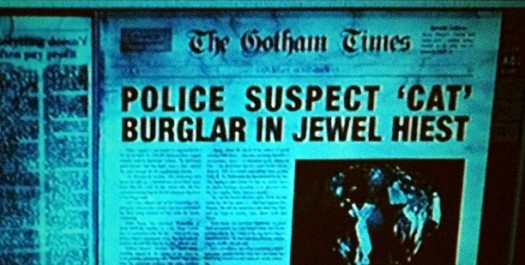It’s understandable that press release distribution services are getting pickier about what they publish on behalf of clients. After all, Google pays attention to them, too, and they want to uphold their good reputations.
If you’ve ever submitted a press release and had it declined, you may already be familiar with these red flags that keep your release from being approved. For the rest of you, use these as a guide on what not to include in your press release.
1. Use the word “free” often

This one is pretty frustrating for me and my clients, because sometimes we want to announce a free ebook or webinar. But the spam filters pick up on the use of free, so it’s best to just avoid it altogether.
Instead, get creative and use words like:
- Complimentary
- No cost
- No charge
2. Include too many links
 Certainly, you want to link to a page or two on your website from within your release, and that’s perfectly acceptable. But use the rule of thumb of one link per 100 words. So if your press release is 400 words long, you can have up to 4 links.
Certainly, you want to link to a page or two on your website from within your release, and that’s perfectly acceptable. But use the rule of thumb of one link per 100 words. So if your press release is 400 words long, you can have up to 4 links.
Want to create content that generates engagement and coverage? Download our free white paper!
3. Write about non-news

Press release distribution sites are really cracking down on this one. If your press release is too fluffy (meaning it’s not really news or an announcement), it’s likely to be declined. So, for example, if you want to write a release about your line of children’s clothing, that in and of itself is not newsworthy. If you’ve won awards for your products, or maybe were featured in a magazine, that could be considered news.
When in doubt, ask yourself: could this be published in a newspaper, or would it be considered an advertorial? If it’s the latter, save it for your blog.
4. Try to sell to readers

If your press release is a thinly-veiled sales letter, and speaks to customers using “you,” the distribution service probably won’t let it pass through the gates of approval. If you’re trying to encourage readers to buy something, that’s not part of the standard style and format for press releases.
5. Misspell words

This is one time you should be grateful when a press release service doesn’t publish your release! Editors scrutinize your release, and if there are any grammatical errors or typos, they’ll send it back to you to correct. Whew. You’d hate to get your brand out there with mistakes.
Typically you can rework your press release and resubmit it if any of these issues arise. Just stick to the basics for writing a release, and you should be fine.
Image: Simon Cunningham, takomabibelot, Mike Licht, Kesara Rathnayake, Tim Parkinson, Butterbean (Creative Commons)![]()

